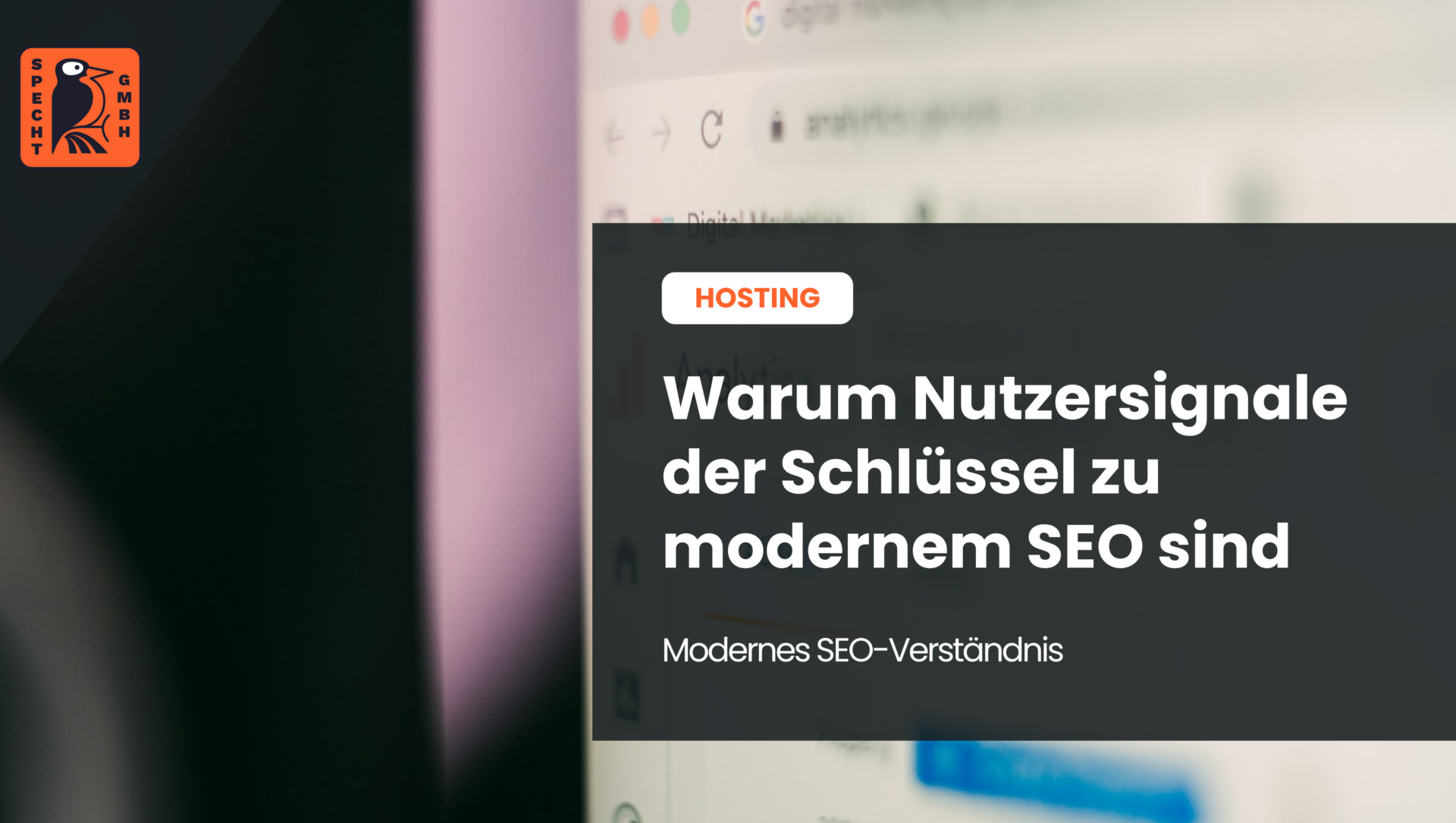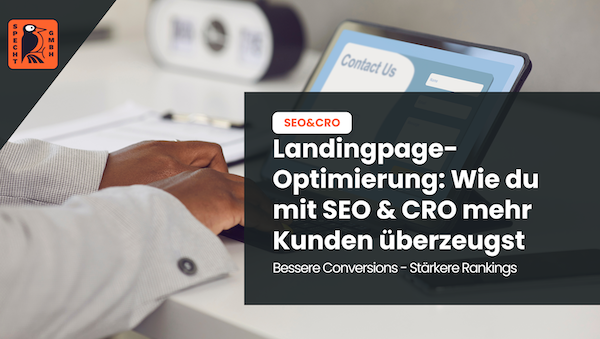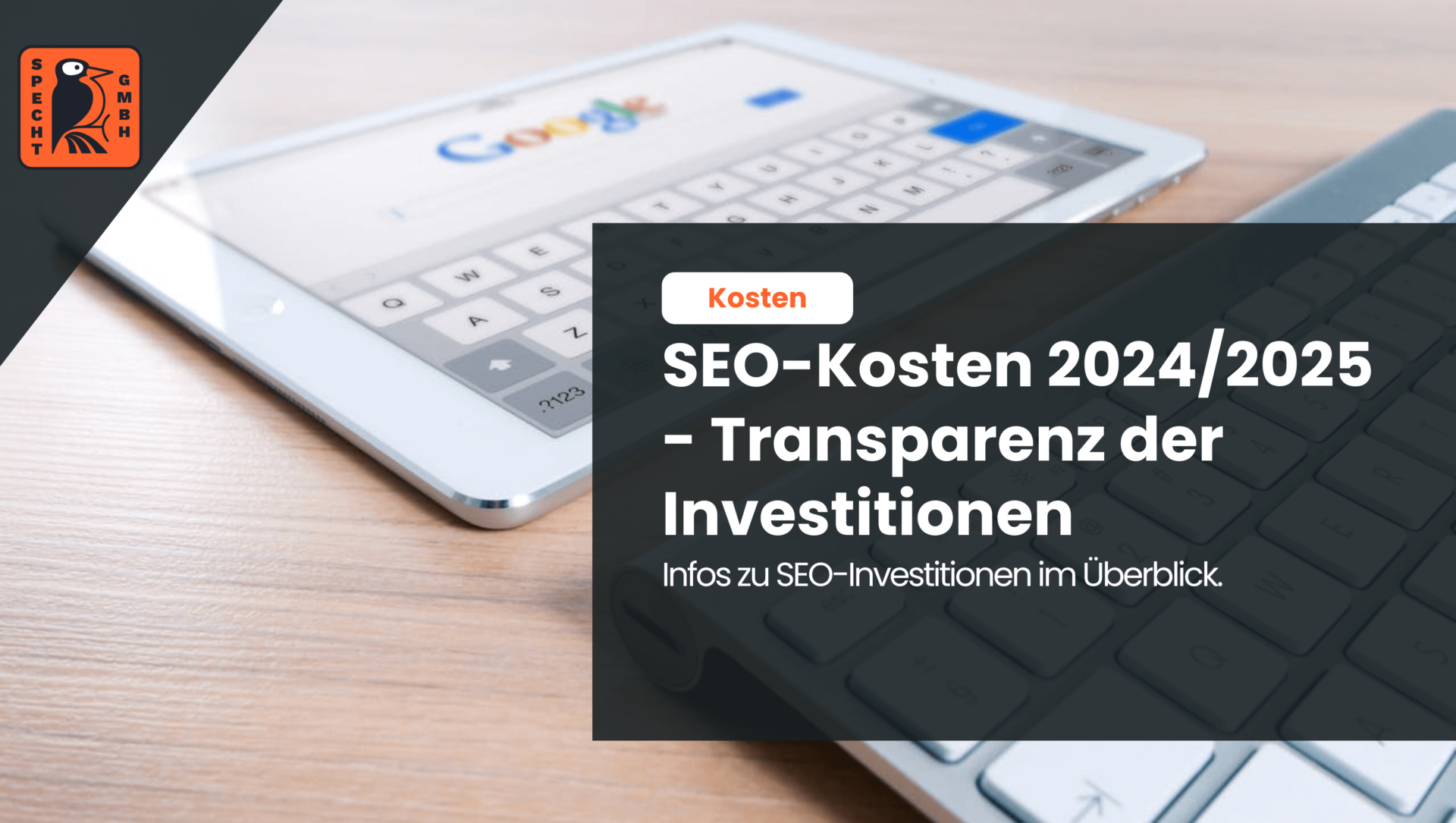In a nutshell: What is a funnel?
A funnel (also: marketing funnel) is a method for planning customer generation. The funnel is used to plan how interested parties are filtered out of a broad target group and how as many interested parties as possible can later become paying customers. Part of the funnel is the use of various marketing and advertising methods.
What is the difference between the marketing funnel, sales funnel and the other types?
Various terms are used for funnels. Like "funnel", "marketing funnel" is a general generic term: every funnel serves marketing purposes, so "funnel" and "marketing funnel" are synonymous terms.
There is also the "conversion funnel". This is a special funnel subtype that pursues the goal of conversion. The conversion is an action that the customer should perform. Either the customer should take out a subscription, download software, make a purchase or do something else - whatever it is: the conversion stands for the action that is the goal of the advertising.
Another funnel type is the "sales funnel". This is a subtype of the conversion funnel, as the name of the type indicates what the aim of the sales funnel is: sale. In addition to the sales funnel, there are other conversion funnels, including the subscription funnel and the download funnel. However, these terms are heard less frequently because the aim of most advertising is to sell a product. As a result, the sales funnel is the best-known type of funnel. In German, it is referred to as a "sales funnel".
-
Free
SEO strategy meeting
In a free SEO strategy consultation, we uncover untapped potential and develop a strategy to make you more successful on Google.

- More organic visibility
- More organic visitors to your website
- More inquiries & sales
-
What is meant by top, middle and bottom of the funnel?
This refers to a strategy that is used to generate customers. This strategy determines the phase of the process in which prospective customers are sent certain offers so that they ultimately become paying customers. The individual stages Top, Middle and Bottom of the Funnel can be explained as follows.
-
- Tofu (top of the funnel): The first step is to arouse the interest of potential customers - i.e. your own target group. This turns potential customers into interested parties. Possible measures to arouse interest include advertising measures and good content(content marketing) on your own website.
- Mofu (Middle of the Funnel): The next step in the purchasing process is to achieve a micro-conversion. To this end, prospective customers are offered additional added value in the form of a free e-book, a promotional gift or an informative newsletter. For discerning customers (e.g. academics; B2B marketing; IT customers), a white paper with high-quality content is usually the best way to achieve mini-conversions.
- Bofu (Bottom of the Funnel): It is narrowest at the bottom of the funnel, because not all interested parties decide to buy or convert in some other way. The portion of interested parties who are convinced by the offer and become customers have passed through the funnel. The micro conversions (see: Mofu) and any special promotions, such as discounts, should persuade the interested parties to complete the conversion.
The better the strategy is implemented, the higher the conversion rate. The various online marketing tools make it possible to check the conversion rate and other statistics of marketing activities. By working with an expert, deficits can be quickly identified and the right measures can be taken to optimize the conversion rate. In the course of optimization, changes are made at individual points in the funnel in order to better influence and convince users during their customer journey.
AIDA model: Popular strategy for funnels
Another strategy alongside the Tofu-Mofu-Bofu strategy is the AIDA model. This consists of four phases that describe the transformation that a person goes through from prospect to paying customer.
- Awareness phase: A person comes across a company's offer. They become aware of the company.
- Interest phase: The person develops an interest in the company or its product, service or other offer. To support this phase, lead magnets such as ebooks and white papers can be used in the AIDA model as well as in the Tofu-Mofu-Bofu strategy.
- Desire phase: The person is no longer just interested, but develops a desire for what the company has to offer. This happens when they take a closer look at the company and what it has to offer. The desire is encouraged by the fact that the company provides high-quality content on the website. A newsletter may be sent out in which the prospective customer is regularly informed about the latest discounts and promotions.
- Action phase: This is where the prospect becomes a buyer, subscriber or performs another type of conversion, which is the goal of the model and the funnel. This completes the process from the awareness phase to the purchase at the company.
Professional companies now know that the majority of sales are usually generated by existing customers. It is therefore important to develop the customer journey and the funnel beyond the process from awareness to purchase. Numerous strategies have been created for this purpose, with the aim of strengthening customer loyalty to the company after the purchase and encouraging repeat purchases. Examples of strategies for retaining one-time and repeat customers are the "marketing hourglass" and the "flywheel".
- I am one of the leading SEO experts in Germany
I am known from big media such as Stern, GoDaddy, Onpulson & breakfast television and have already worked with over 100+ well-known clients successful on Google.
Google rating
Based on 185 reviews
Trustpilot rating
Based on 100 reviews
Customer journey vs. marketing funnel: The customer's perspective is decisive
Sometimes the marketing funnel is equated with the customer journey. The customer journey also serves to visualize the process that people go through from the initial contact with the company or product to the purchase. In contrast to a funnel, however, the phases of the customer journey are not listed from the company's perspective, but from the customer's perspective. As it is crucial for companies to know the initial situation, emotions and needs of their customers, analyzing the customer journey forms the basis for creating a good funnel.
To clarify the difference between the customer journey and the marketing funnel:
- With a customer journey, the target group is defined first, as with the funnel. Then you think about the most convincing way to convey to the target group why your offer is the best on an emotional, logical and other basis. Based on this, content is created that is played out in the funnel. The channels through which the content is played out are weighed up based on the customer journey. The focus is on creating cross-media and consistent online marketing.
- The marketing funnel is based on the analyses of the customer journey. In coordination with the emotional states of the interested parties and the possible touchpoints (e.g. website; social media; banner advertising), it is determined which content is placed in which phase of the funnel.
Conclusion: What is Funnel?
The funnel is a visualization of the process used to attract the attention of the target group, increase the interest of the target group and ultimately generate new customers and leads in this way. The basis for creating a funnel is the customer journey, in which the target group is analyzed in detail and decisions are made about the touchpoints and advertising channels. The content aimed at the customers is played out sensibly and via the right channels from the company's perspective; the funnel decides when which content is played out to the customers.






